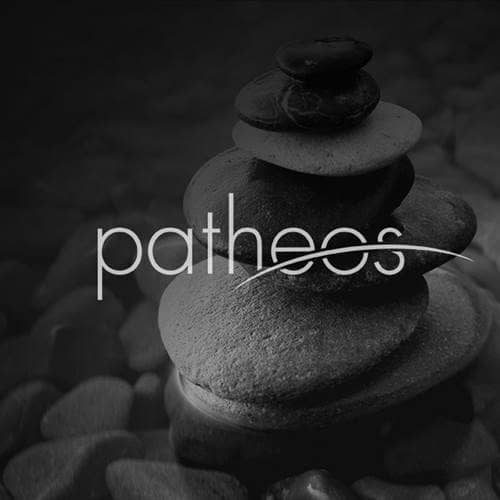- Trending:
- Pope Leo Xiv
- |
- Israel
- |
- Trump
- |
- Social Justice
- |
- Peace
- |
- Love

RELIGION LIBRARY
Presbyterian and Reformed
Community Organization
Reformed churches are joined by historical lineage and certain beliefs rather than by a way of structuring their communities and churches. They are churches that developed out of the Swiss Reformation founded by Huldrych Zwingli in Zurich and John Calvin in Geneva. Like other Protestants they state a belief that salvation is through faith alone, and a belief that the Bible is the final authority for matters of belief and practice. In contrast to other Protestant Christians they are more likely to hold to the doctrine of predestination, though contemporary Reformed scholarship has helped them to understand this in the light of the grace of Christ. They are more likely to believe that Christ is present spiritually or symbolically in the Lord's Supper than physically.
Reformed and Presbyterian churches are somewhat distinguished from Lutheran and Anglican (Episcopal) churches in the way they organize their communities. This derives from Zwingli's principle that what is not expressed in scripture is not allowed (as opposed to Luther's principle that what is not forbidden in scripture is allowed). In some ways Zwingli and Calvin are more radical reformers than Luther, especially when it came to Church structure. They, and Reformed Christians who followed them, tried to set up their churches on the model they found of the early Church in scripture. In general Reformed churches reject a model of organization based on bishops (Lutherans, Anglicans, and some Wesleyans continued this model) in favor of a structure based on elders and deacons.
The Congregational Church has its origins in the Puritans who left England for the "New World." These Christians were Calvinist in their theology. (They were called "Puritan" because they wanted to "purify" the Anglican Church of Catholic elements in favor of a purer Calvinism.) They believed that each congregation was autonomous, and that there should be no overarching denominational hierarchy.
The word "Presbyterian" first came into use in Scotland in the 17th century. It is derived from the Greek word "presbuteros," often translated as "elder." The Presbyterian churches in America were largely founded by emigrants from Scotland and Northern Ireland. They are distinguished from Congregationalists not by theology but by form of government. Presbyterians have a representative form of government. This is based on Calvin's belief that leadership should be placed neither in the hands of an individual (by necessity for Calvin a very fallen individual), nor in the hands of the masses. In Presbyterian churches the offices of elder and deacon are reserved for the laity (not the clergy). Deacons largely take charge of pastoral care, and some are charged with financial stewardship. Elders are elected to a consistory (sometimes called "session), where they, in conjunction with the minister, govern the individual congregation.
Presbyterians have a pyramid structure: each church has a consistory or session. Above each congregation is the Presbytery, which consists of elders and ministers from each congregation. Above the Presbytery is the Synod, and finally the governing authority is the General Assembly. It is crucial to Presbyterians that at each level both clergy and laity are equally represented. This derives from the Reformed principle (that they share with Luther) of the priesthood of all believers. There are no intermediaries between individuals and God, each human is equally a sinner, and each saint (saved human) has equal status. Ministers are called to their offices because of special gifts (preaching, for example), but others have gifts equally necessary for the community, and ministers enjoy no special status.
The German Reformed Church is structured on the Presbyterian model, but with some differences based on the German context. In Germany in the 16th and 17th centuries the spiritual life of the people was ultimately the responsibility of the prince. German Reformed churches also have four levels of polity: local congregation run by a consistory, class or district (equivalent to a Presbytery), Synod, and General Synod. But in Germany the lay representatives to the consistory and class were appointed by the civil authority (rather than elected from the community members). The lay representatives were appointed by the Church Council (Kirchenrath), which was a body convened by the prince to help administer the Church. The General Synod met at the pleasure of the Church Council.
The Dutch Reformed Church had the same four levels of governance, but lay members were not appointed by the civil authority. This became the model for the Presbyterian churches in America.
Study Questions:
1. How does doctrine help to create community organization?
2. What leadership structure do Reformed Churches prefer?
3. Where did the word Presbyterian originate? Why?
4. Why is it helpful to think of the Presbyterian Church’s organization as a pyramid?










